They just didn’t take their time.
The local radio the driver was tuned in to had already played a dozen ballads, but the cab had barely inched forward. The traffic was glacial, and I was stuck in the middle of it all. While I struggled to keep my eye away from the running meter, I looked outside my window and got delightfully lost in the music. My fingers tapped to the slow beat of the Basil Valdez classic. Its sedating melody was sometimes interrupted by the unorthodox percussion coming from the outside — the gentle humming of the engine in the background and the brassy honks from the other vehicles on the road that seem to build up to a crescendo.
This is rush hour Manila. A Holywood actress once said in a magazine interview that she was “ghastly and weird.” An action film director once commented that she was “ugly and stinky.” A fictional character in a novel once baptized her “the gates of hell.” You may say that there’s truth to it, but they did not see enough. They did not stay long enough to see her good, charming side. Or maybe, they just did not take their time.

I moved to Manila from idyllic Batangas over ten years ago. In the first few weeks, being stranded in the awful traffic was one of those situations that almost pushed me to insanity. For a promdi like me, how the almost twelve million citizens find their way around this vast concrete labyrinth without getting lost in its fastness and complicatedness and craziness was a question that only time made me understand.
It is not difficult to dismiss Manila as an ideal destination. Most tourists use her as only a jump off point to the islands. And if they ever stay longer than a layover, they do not go beyond the comforts of the hotel and establishments nearby. Metro Manila is big and dense. Just when you have just started searching for anything worthy of a second look, you get lost in the crowd, choke in the pollution, or drown in her constant nagging. But those who make it past her sins are rewarded with an opportunity to appreciate her virtues. Here are a few suggestions on how to get close and personal with this criminally underrated city.
1. Go back in time at the Ayala Museum.
In the heart of Makati, the poster city of commercialism in the country, lies a cluster of malls. Anyone who has been there will tell you that it has everything — from a simple quirky store selling simple quirky stuff to high-end branded boutiques selling high-end branded stuff. The buildings that rise in this spender’s paradise all house items that come with a price tag. Except for one: the Ayala Museum. Situated in between crowded shopping malls, the Ayala Museum is a pot of gold in the concrete jungle that not everyone happens to see. Workers going to and coming from the financial district pass by this museum every day without realizing just how much they are missing.
Established in 1967, the museum has been cradling important cultural and historical artifacts that will surely redefine how Filipinos look at its past. Among its many collections are 60 handcrafted dioramas, documenting the country’s history; and artworks by three of the greatest Filipino painters — Fernando Amorsolo, Fernando Zobel, and Juan Luna. The pot of gold can be taken literally, too, for they also showcase the “Gold of Ancestors” exhibit, with over a thousand gold artifacts on display, an undeniable proof of our forefathers’ highly sophisticated way of life that burgeoned and flourished in the 16th century, even before the Spaniards set foot on Philippine soil. From the intricately molded golden sashes to the highly ornate diadems, these golden pieces give new light to how you imagine our ancestors lived back in the day. And that, my friend, is priceless.
2. See Old Manila at Intramuros.
If Manila had a soul, you’d find it hiding inside any ancient structure in Intramuros. She’s probably almost scared to death, weeping songs and tales of her long but rich, tragic but hopeful past. The historic core of the capital, it was built in 1571, making it the oldest district in the city. It has survived waves of foreign invasions, a world war, and even booming, unrelenting threats of overdevelopment. But it continues to stand silently amidst the roaring metropolis outside its fortified walls.
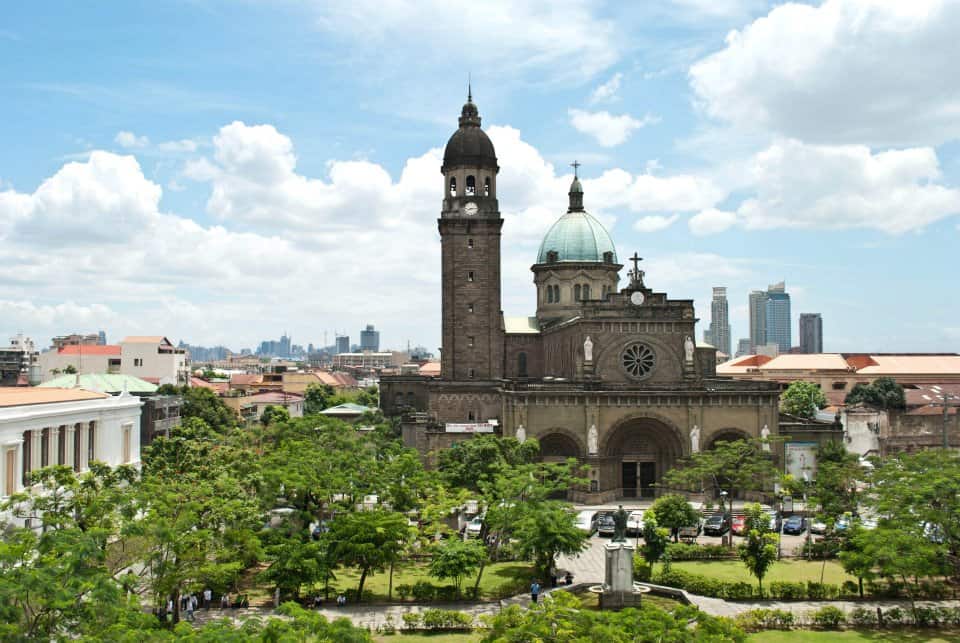
Yet there is still so much to marvel at in this citadel. Walking past the gates of Fort Santiago is walking into a time machine for a ride to centuries before. Intramuros was the seat of power during the Spanish rule, and their heavy influence are etched deep in this part of the city. Don’t leave without seeing the Manila Cathedral and the San Agustin Church!
3. Pamper your tummy in Binondo.
When the Spaniards were still making the rules for this humble nation, they granted the Chinese immigrants the privilege to govern themselves. These settlers continued residing and trading in an area just outside the walls of the city — far enough that they could not interfere with how things were run, but close enough that they could still be monitored by the government. That place is Binondo.
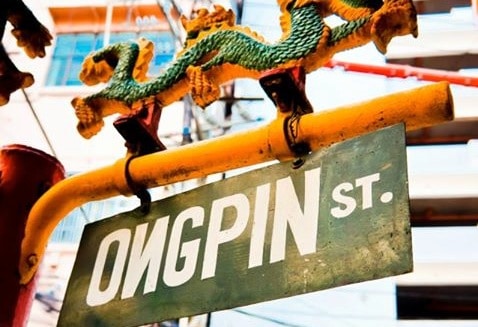
Chinatown is not really a unique attraction. Almost every major city in the world has one. But the one in Binondo is worth a visit for two reasons. First, it is the first Chinatown in the world. It was established in 1594 by Governor Luis Perez Dasmarinas for Chinese settlers who were converted into Catholicism. Second, unlike many Chinatowns which became more of a tourist attraction, Binondo is as real as it gets. You’ll see Filipino-Chinese continue to live and work here, with all the joys, the sounds, and the dirt of a typical third-world district.

But one thing that most local tourists come here over and over again for is the food. Binondo is a giant food court. Its streets are flanked with holes in the wall. Visit only if your stomach is empty, for Binondo would not hesitate to tempt you with the tastiest Chinese dishes, which you would not hesitate to gorge on.
4. Help in a coastal cleanup on Freedom Island.
Ask a random Metro Manila resident for the nearest beach destination and chances are he or she is going to tell you to take a bus to Batangas or Quezon, hours from the capital. There’s something about the Freedom Islands that is conflicting. One day it makes you happy and hopeful for it has a stretch of sand that can give the coves outside the metro a run for its money. The next day, it will leave you brokenhearted when its beach is littered with trash. One day, you discover that it is home to over 80 species of birds, both local and migratory, including the Kentish Plovers, the Philippine Duck, and the endangered Chinese Egret, making it a fantastic place for birdwatching. The next day, you learn it is about to be reclaimed.
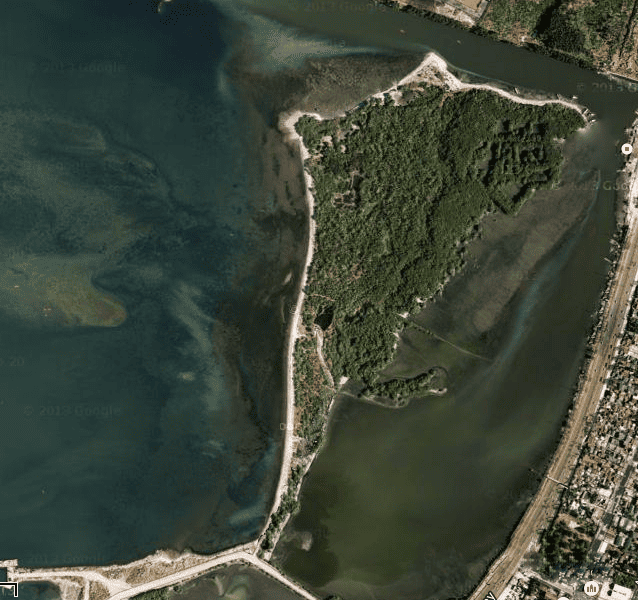
The Freedom Islands are two long islands just minutes away from mainland Metro Manila. It is in Las Pinas-Paranaque area and is visible from the Cavite-Manila Coastal Road. There’s a sense of triumph in knowing that we have gorgeous islands just within the city, and is in fact a coastal periphery for mangroves and multifarious biodiversity. Sadly, they come with a sense of sadness in knowing that it is the only one left and that not everyone is even aware of its existence.
This 175-hectare wetland is threatened both by pollution and reclamation. Heck, you can’t even swim here. So why come at all? A visit to this place opens eyes and minds. This is where you will see the extent of the problem and the toll these problems have taken on the environment. Yet, it is such a hopeful place. You won’t leave the island without a strong urge for change — to take action, be more responsible, and fight for your city.
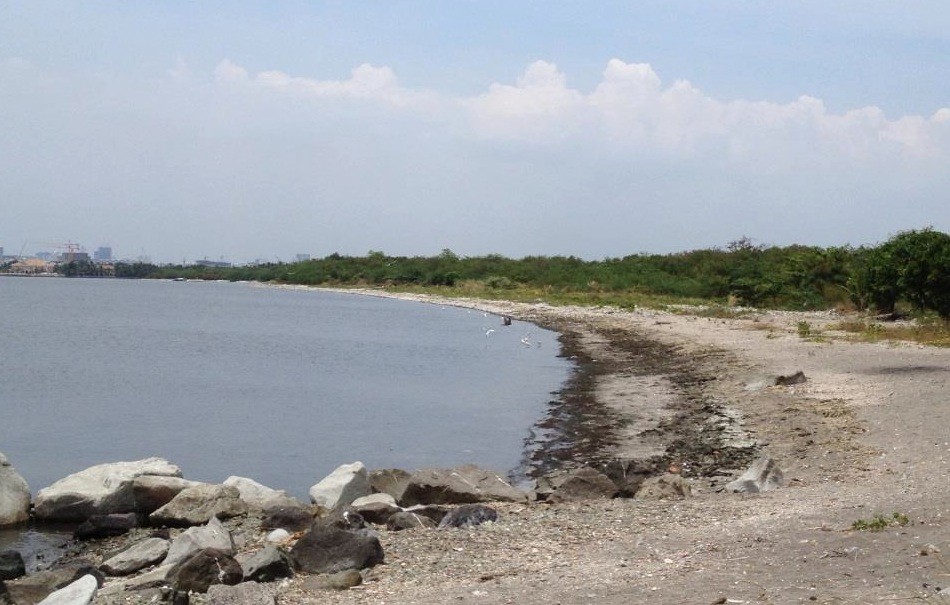
The birds know that too. Since the beginning, the birds, even those coming from the faraway corners of the world, keep coming back to this place. They still believe there’s something worth returning to. They have not given up on it. Why should you?
5. Catch a show at the Cultural Center of the Philippines.
If you love movies, try to catch a movie during the Cinemalaya Film Festival season. The Philippines once had the fourth most prolific local cinemas in the world. We just love the movies. Since the birth of Philippine cinema, it has enjoyed three golden ages and has produced some of the most acclaimed cinematic gems in the world such as Himala, Asia’s Best Film of All Time according to a CNN poll, and Maynila… Sa Mga Kuko ng Liwanag, which has been included in the list of best films in the world. The local film industry has struggled, competing with Hollywood Blockbusters, but it has found a new breath of life in the form of digital filmmaking, allowing more Filipinos to translate their creative vision into moving pictures that are produced with more freedom and less budget.

Cinemalaya has been a major player for this revolution. Cinemalaya Independent Film festival is an annual event showcasing the best of the local independent cinema. Giving grants to chosen filmmakers, the festival is open to anyone who has an idea. It helped redefine the local cinema as more meaningful subjects have been tackled, more filmmakers have been given opportunities to shine, and more stories are narrated through pictures, a testament to the brilliance and diversity of the Filipino talent.
There are many other shows in CCP aside from film screenings. It also plays venue to countless plays, musicals, concerts, and art exhibits. You can check out the latest events and happenings here.
6. Walk around UP Diliman Area.
The University of the Philippines-Diliman is not just an academic institution but a completely different world, sheltered from the deafening noise and the busy jolt of the rest of the city. Take a jog and see the many old buildings that incubate some of the best young minds, coming from different parts of the country.
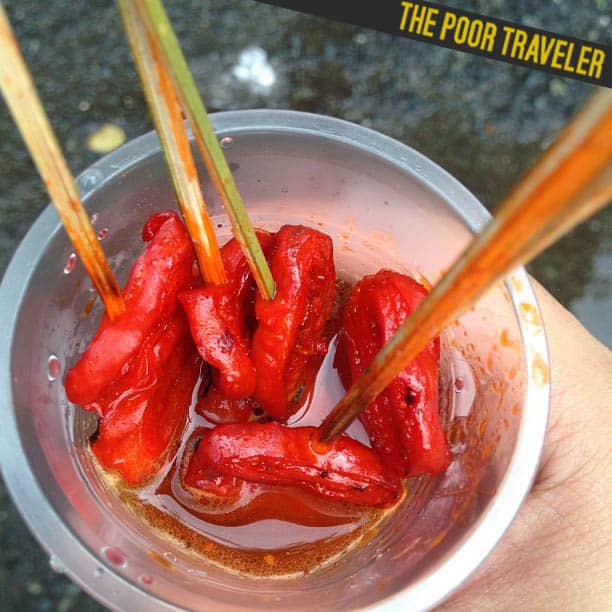
Watch a student film at Cine Adarna. Step into the Vargas Museum. Visit one of its many communities and play a friendly game of basketball with its residents and discover just how warm the Filipino hospitality is. Talk to a professor and understand how the university is not just a place for intellectual pursuits but a vehicle to reaching one’s dream.
UP Diliman and nearby Maginhawa Street are also a food-lover’s paradise, dotted with countless restaurants that offer a variety of cuisines — from streetfood (balut, isaw, and kwek-kwek) to home-cooked meals to gourmet treats.
7. Watch the sunset at Manila Bay.
Manila Bay is the main harbor of the city, playing an important role in the country’s history, economy, and culture. A lot has been said about it. Its condition worsens over time but it remains a habitat for wide array of marine life forms. Many will shrug off any mention of whatever wonder it once had. But as I sat in the cab, tapping my fingers to the beat of a slow ballad, a spectacular heavenly show unveiled before me. The dark slowly blanketed the city and the golden rays painted the skies pink, red, and purple. There really is no better place to see the sun kiss the horizon than the Manila Bay.
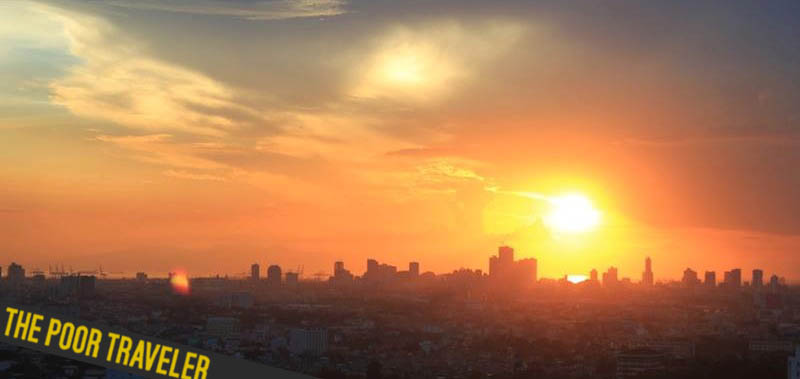
Maybe I already learned a way of always looking on the bright side or seeing the glass half-full. Or maybe, Manila is really a beautiful metropolis. Like most great cities, it has flaws; it’s not perfect. But between the crowded streets and the skyscrapers, it surely has something wonderful to offer to those who are willing to take the time.
Ah, time. Time is a fleeting illusion in Manila. It passes by just like that, you won’t even realize it. Everything here seems to be dancing to an uptempo track. Locals and outsiders alike find themselves moving along and keeping up by reflex that sometimes we forget to stop, listen, really listen, and see, really see that drowned in the heavy instrumental is a soft song — a more heartfelt, more soulful Manila.
Posted: 2013 • 6 • 19
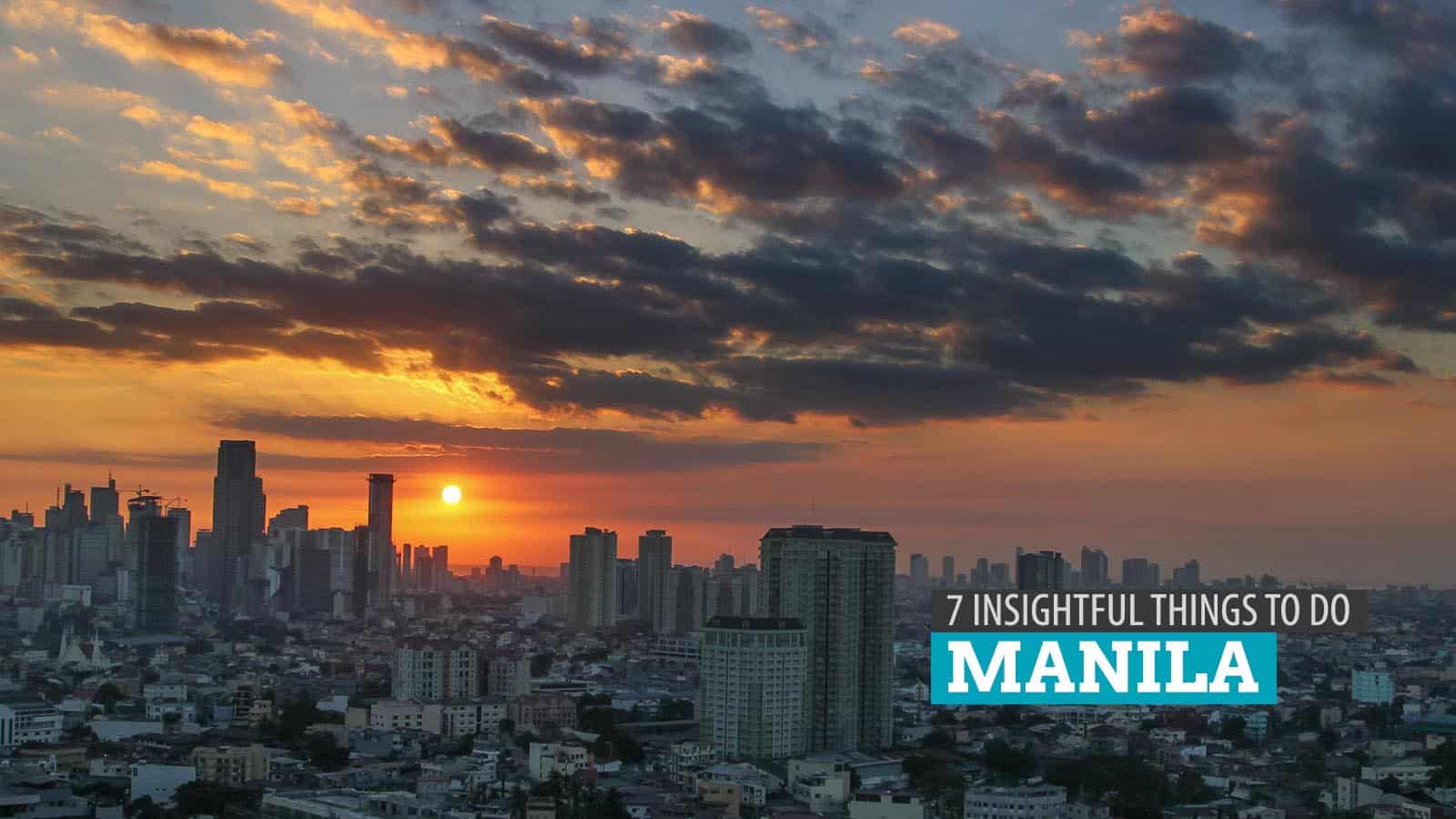























Beautiful, stirring post.
Thanks, JB! :)
You just gave me a wonderful idea. Thanks! :) I’ve been living in m.m for 25 years and I haven’t been to atleast half of your list. lol. :D Great blog.
Hay na ko mananakawan lang ako pag ginawa ko yan! Tanggalin muna nila ang mga isnatcher at mga pulube! Kaloka!
not all are in manila
mall of asia, ocean park (and nearby seaside restaurants), harbour view restaurants, star city, malate, luneta park, national museum, greenbelt, restaurants in makati, lobby of manila pen, shangrila makati and edsa, glorietta, megamall, galeria, podium, metrowalk, eastwood city, alabang town center, padi’s point antipolo, restaurants in marikina river, greenhills, restaurants of san juan, timog area, quezon ave area, qc circle, katipunan ave, gateway cubao, etc. …
This is a wonderful post… an eye opener. No one can appreciate the beauty of our own country except those who are willing to look on its brighter side…
WOW! this is great I’ve been thinking what to do in manila for my vacation.. I miss manila.. Thank you for this.. Great blog!;)
No problem, Nna! Thanks for visiting! Share the post if you have time. :D
Do you recommend any particular tour operator?
wonderful. gotta do these things the next time i visit manila. thanks a lot!
You inspire me to write again. <3